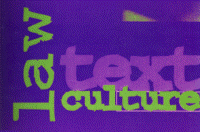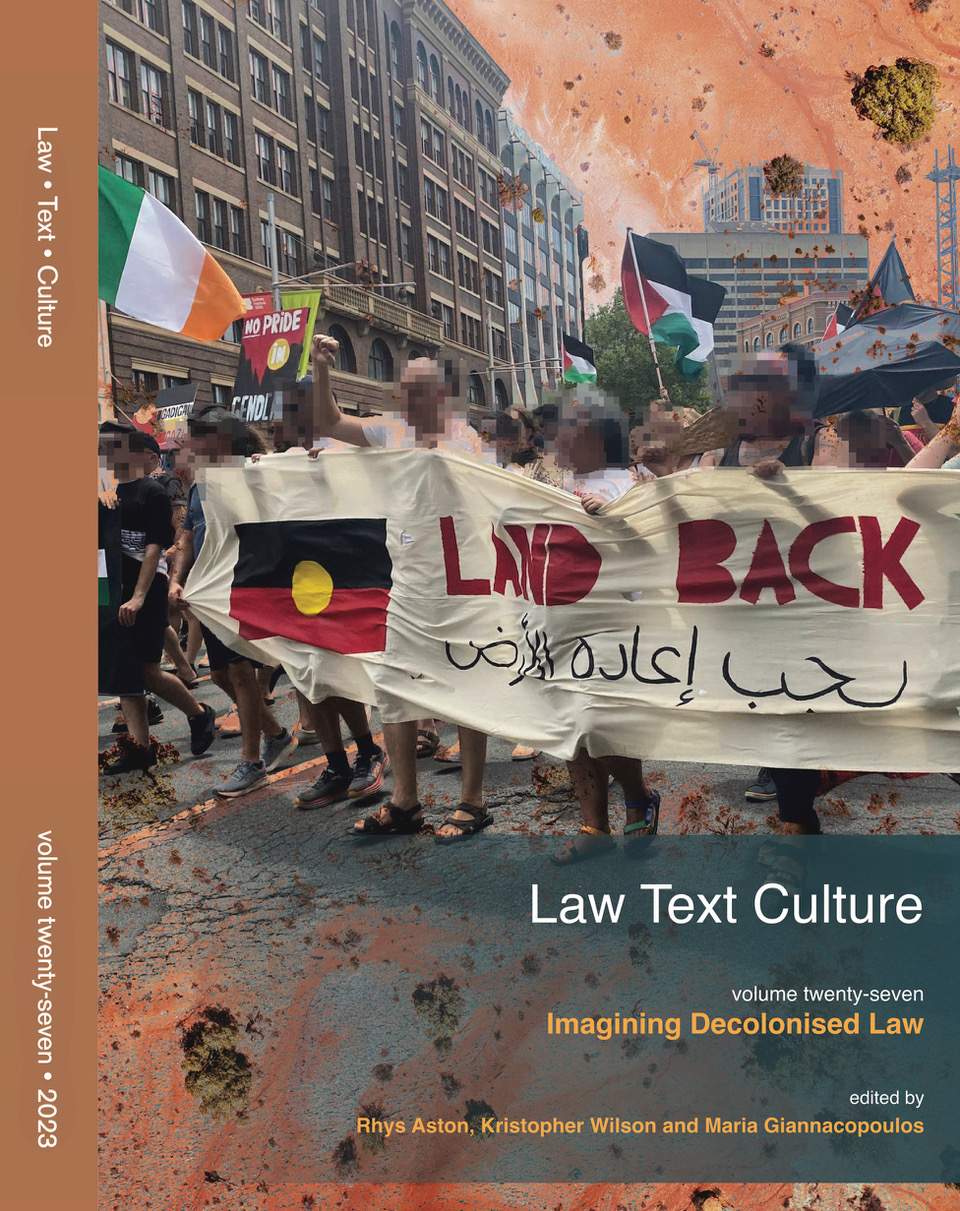Abstract
As the 21st century advances, the Māori language (te reo Māori) has remained the primary language of the marae ātea, the bounded space usually positioned in front of the meeting house of a marae complex (Te Puni Kōkiri 2008: 31). Important language components of the rituals of encounter carried out on the marae ātea are also used for similar ritualistic purposes in the Parliamentary debating chamber. These shared language components have been able to survive, in Parliament, throughout 142 years of Māori representation. In fact it appears that the language used in both types of spaces has enabled the formation of an important linguistic and performative framework that has fostered the survival of Māori collective memory as well as Māori political participation.
How to Cite:
Stephens, M., (2010) “‘Tame Kākā’ Still? Māori Members and the Use of Māori Language in the New Zealand Houses of Representatives”, Law Text Culture 14(1), 220-246. doi: https://doi.org/10.14453/ltc.562
Downloads:
Download PDF
View PDF
424 Views
798 Downloads

